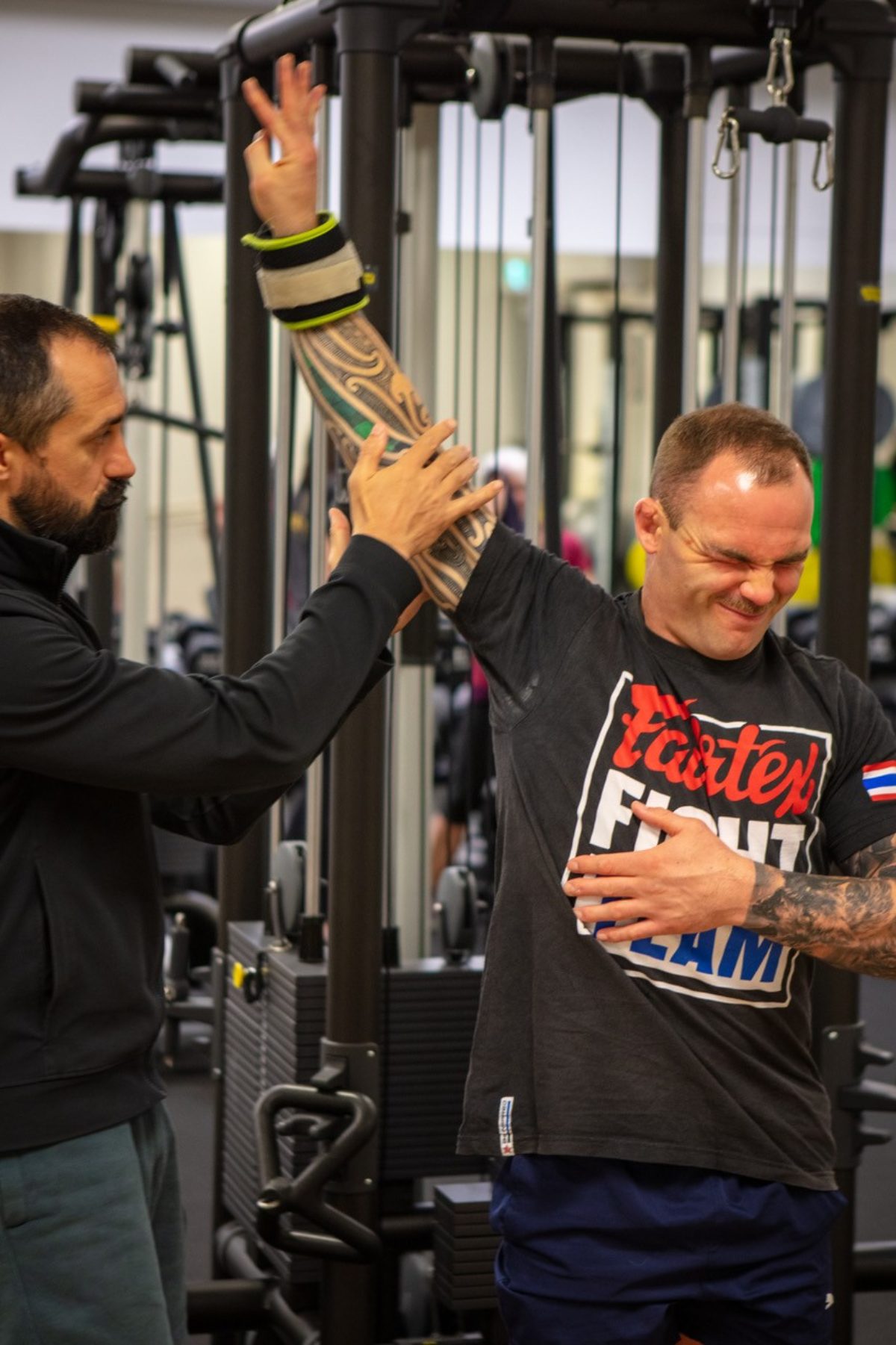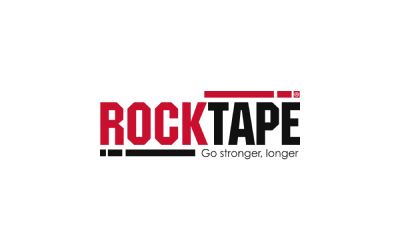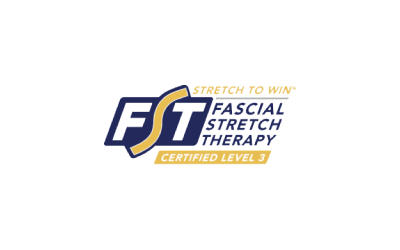Join the conversation.
Why we need to balance internal and external training

Why we need to balance internal and external training
We firstly need to define what is ‘internal’ and what is ‘external’ training, as they are terms that are not widely used in the fitness and health industries currently. (give it time)
Internal training is training the internal mechanics of the body.
Training the joints, the tissues around the joints and the Central Nervous System (CNS) to work in and control their full Range of Motion (ROM) which includes axial rotations.
In clinic, we use Functional Range Conditioning® (FRC®) and Kinstretch® for this work, as it is industry leading, scientifically developed and has proven efficacy.
Take for example; If we assess your shoulder and it isn’t rotating through a full axial rotation, then simply we classify you as not having a shoulder. (A shoulder, by definition, has a full axial rotation capability.)
What you have, is a qusai-useless hinge-ish joint stuck to the side of your torso, not a shoulder.
How do we turn this useless joint into an actual shoulder?
Internal training.
Focusing on making the biological changes in your tissues and CNS to allow that shoulder to work through its full axial rotation, and to gain control over the ROM that you have and are creating.
Another classic is the knee, a joint that requires internal and external rotation of the Tibia & Fibula for safe and full function (this rotation is wholly ignored by standard “rehab”, in favour of increasing its flexion and extension, where funnily enough, you need the rotation to possess full flexion & extension and help mitigate re-injury in the future.)
When we have a knee that doesn’t move in internal or external rotation come through the clinic, it is classified as a non-knee. You do not have a knee; you have a semi functioning hinge in desperate need of internal training.
As a side note: it is supremely disappointing that people are still being taught, in PT schools, claimed ‘up to date’ rehab upskilling courses, and even in high schools, that we have ‘hinge joints’. Aka the elbow and knee are “hinge” joints which suggests it is only capable of flexion and extension, completely discounting its requirement of rotation to allow specific mechanics. Thus, completely disregarding human biotensegrity of movement and harkens back to when we first started dissecting bodies however many hundred years ago simply looking at them secularly and stagnantly, rather than observing full chain motion. But I digress…
So, what is external training then?
External training is when we move into ‘man-made’ constructs. Get into ‘this ideal position’ (don’t even get us started on this, that’s a whole other article), with equipment added in in the form of Barbells, Kettle Bells, Dumbbell’s, bands etc…basically, any movement with a name is man-made.
This is external training. AKA, the “fun stuff”, that for some reason, being the competitive meat-bags that we are, we like to compare the numbers of what we can do against others, “How much can you bench, bro?” as if it matters…!
But let us also not forget that external training, is not simply limited to the gym. The sport you play; Be it multi-sport, basketball, martial arts, cycling etc., IS external training. Running, is external training, and guess what, if you ‘don’t have a knee’, it will lead you down a slippery slope.
Finding balance in our exercise between internal and external training is a vitally important part of ensuring our musculoskeletal health and mitigating injury.
We need our bodies to work optimally and efficiently.
Now we have defined internal and external training, you must surely be seeing the correlation as to why it is so important to strike a balance between the two?
A human body functions through autonomous movement and force production, and therefore the body is the tool we use to create this; From taking a glass to your mouth, to running a marathon, to doing a take down in in your martial art etc.
Would you try to chop down a tree with a blunt axe with a wobbly handle? I would not.
I would, however, sharpen the axe and stabilise the handle so a) it would be more efficient so I could cut down the tree faster, with less effort, and b) wouldn’t break halfway through. So, why wouldn’t you do the same with your body to ensure efficiency and mitigate injury?
For us to engage in the external training we enjoy safely and efficiently, we need to ensure that we have the internal capabilities, or prerequisites, to do them. We need to continuously assess our bodies, our tool, and internally train what is found to be lacking before we start loading them willy-nilly in external training.
With that being said, you do not have to give up external training while you are internal training. But rather strike a balance between the two. If all your joints are working well apart from one shoulder, then you have a huge amount of external training still available to you, that you combine your internal training of your shoulder in with.
Do we ever reach a point where we do not need to internally train? No.
Internal training is maintenance for our bodies!
“Motion is Lotion”.
If we stop, over time, movements start to become less efficient, putting more strain on the body and increasing the chance of injury.
However, once you have scratched the surface and begin to really understand what internal training is, those of you that are super competitive or looking for the next advantage, will thrive on internal training challenges. Those who are perhaps less competitive, will quickly come to appreciate the changes in movement fluidity and pain free motion that comes from internal training.




